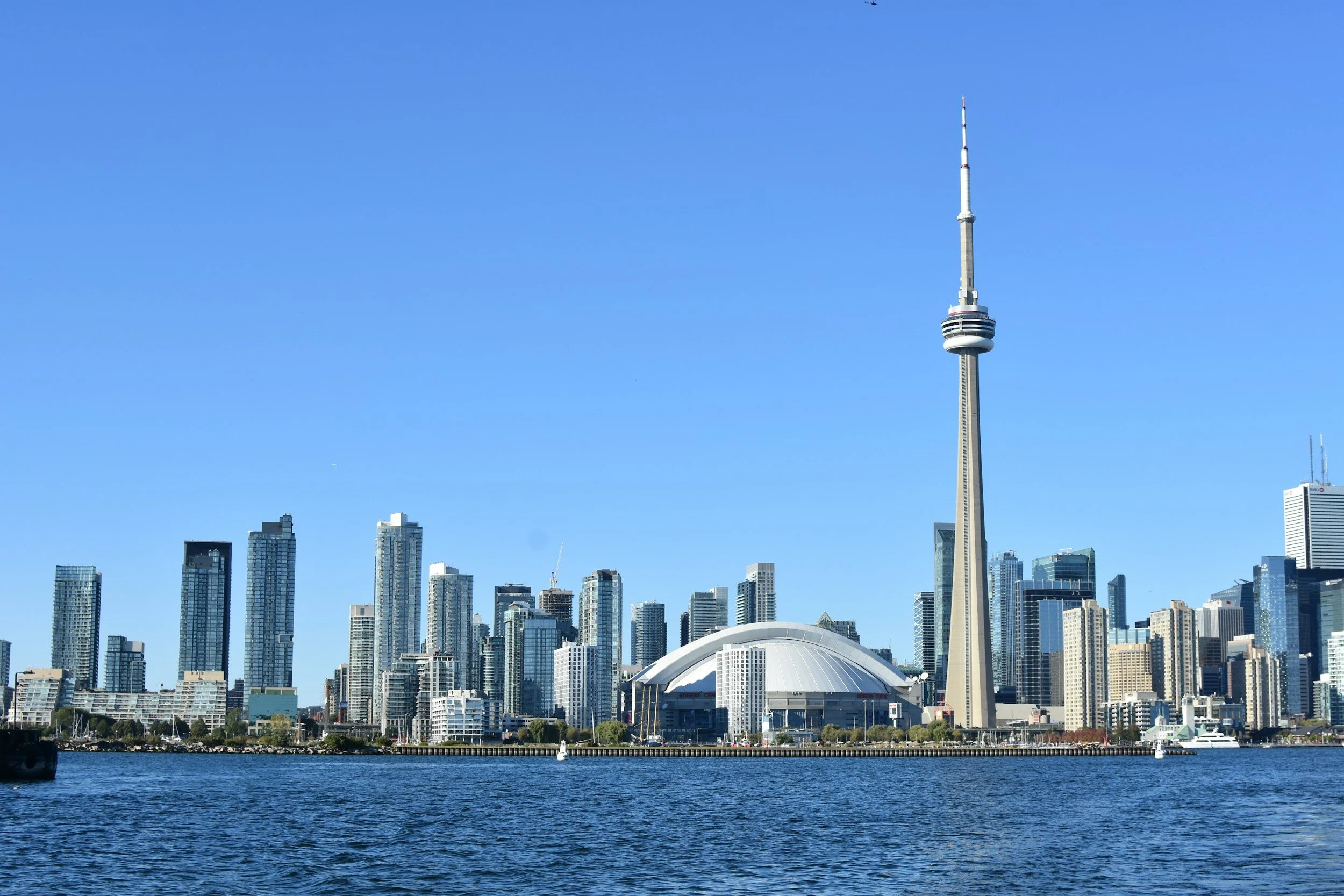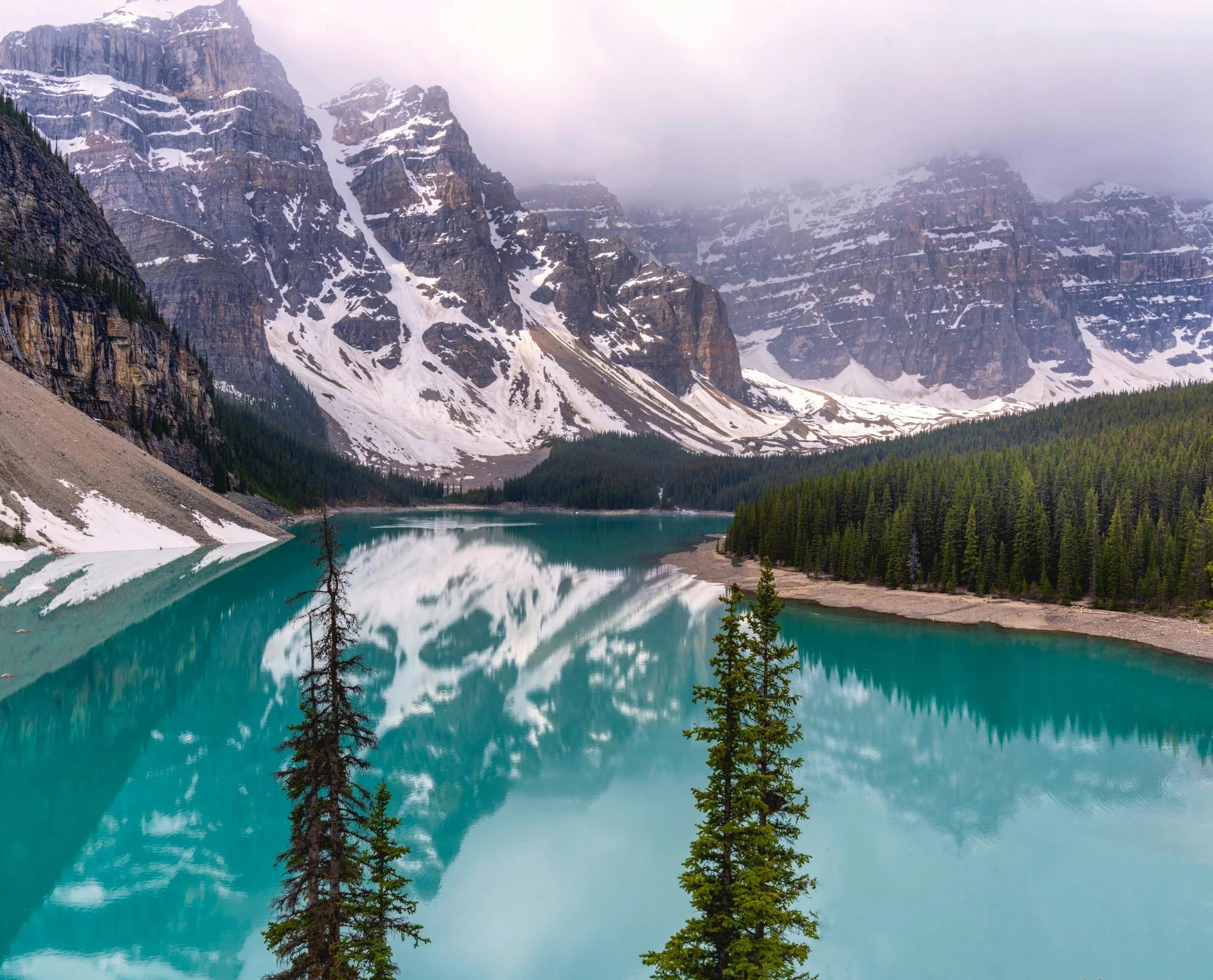So you want to move to Canada from the U.S.? Here’s what a Canadian thinks you should know
Over the last few years, more Americans have been eyeing Canada as their next move. The flexibility of remote work makes it easier to pack up and cross the border, and the promise of healthcare, wide-open spaces, and a different pace of life sounds tempting.
But before you grab your winter boots and take the leap, it’s worth taking a closer look at what life in Canada is actually like. Canada has a lot to offer, but moving anywhere comes with trade-offs, and your experience will look different depending on where you land.
Here’s what to keep in mind as you consider life up north:
The cost of living across provinces
How Canadian healthcare actually works
What lifestyle and culture look like in different regions
The job market, taxes, and retirement realities
How to figure out if Canada is the right fit for you
I’ve lived in Canada all my life, so here’s an honest perspective on what Americans should know before making the move.
A few resources
If you’re getting serious about relocating, these are some good places to start your research:
Government of Canada – Immigration and Citizenship: official guides on visas, residency, and work permits.
Numbeo: compare the cost of living between your U.S. city and different Canadian provinces.
Canada Job Bank: search for jobs and explore demand by region and industry.
Provincial healthcare websites: find out what’s covered and how to apply once you arrive. For a comparison of health insurance options across provinces, check out PolicyMe.
Yes, we actually skate to work sometimes. Ottawa’s Rideau Canal turns into the world’s largest rink almost every winter.
The cost of living
Canada is huge, and costs vary a lot between provinces and cities. That said, the cost of living has been climbing and hasn’t really stopped.
Housing: In Vancouver or Toronto, rent for a one-bedroom apartment can easily hit $2,000+ a month. Buying? Even a small condo can run close to a million. Ottawa or Montreal are a little cheaper, but still pricey compared to smaller towns. Renting in Ottawa, I’ve paid close to $2,000 a month for a two-bedroom, not including utilities.
Prairie provinces like Alberta or parts of the Maritimes may be more affordable, but home ownership (and renting) is still slipping out of reach for many Canadians. Cities are facing rising homelessness and growing waitlists for subsidized housing that can stretch five to ten years.
Utilities: Winters are long, and heating bills can climb fast, especially in older buildings. Expect to spend more during the cold months.
Groceries: Everyone’s feeling the pinch at checkout here. Fresh fruit, vegetables, and meat are noticeably expensive, and prices climb even higher in smaller or northern communities where food must be shipped in. A single grocery run for the basics can easily hit $100+.
Childcare: Daycare waitlists are notoriously long. In some places, parents sign up before their baby is born and still don’t get a spot for years.
Transportation: Public transit is decent in major cities like Toronto, Montreal, and Vancouver (subways, buses, light rail, bike paths), but far more limited in rural areas, small towns, and suburbs. In a lot of Canada, owning a car is essential. And with gas prices hovering between $1.20–$1.60+ per litre depending on the province, driving adds up quickly.
Other essentials: Even household basics like cleaning supplies, over-the-counter meds, and toiletries add up quickly.
For many Canadians, the rising cost of living is the biggest challenge right now. So if you’re coming for affordability, know that we’re trying to figure that out too.
Toronto’s beauty comes with a view and a price tag.
Bottom line: Canada isn’t necessarily a “cheaper” option than the U.S. It depends on where you choose to live and what kind of lifestyle you want.
Healthcare is good, but not technically free
Universal healthcare is one of the biggest draws for Americans considering Canada, but it’s important to understand how it actually works. It’s not “free,” but it is publicly funded, and we’re grateful nonetheless.
What’s covered: Most doctor visits, hospital care, surgeries, and emergencies are covered through provincial plans. Some provinces also cover additional services, like certain eye exams or prescriptions for youth and seniors. Check the provincial healthcare website for details before you move.
What’s not: Dental, vision, prescriptions, and most mental health services. Without workplace insurance, these can be expensive and sometimes hard to access.
Wait times: Family doctors are in short supply, and emergency room wait times can stretch anywhere from 4 to 12 hours, depending on how busy it is and how urgent your situation is.
Healthcare here brings peace of mind, but it comes with trade-offs. You won’t get five-figure hospital bills, but you might wait months to see a specialist. Still, there’s comfort in knowing that people aren’t turned away because they can’t afford care.
Canadian lifestyle and culture
One of Canada’s best parts is the variety of experiences you can have depending on where you live.
The outdoors: Skiing in Quebec, hiking in BC, kayaking in Nova Scotia, cottaging in Ontario — if you like nature, you’ll fit right in. Canada is built for people who enjoy outdoor activities year-round, whether that’s skating on frozen rivers, picnics in city parks, or late-summer nights around a campfire.
Weather: We get all four seasons here. In Ottawa, where I’m from, winters can hit –30°C with snowbanks taller than you, but summers are warm and full of life with patio dinners, lake days, and outdoor festivals. Vancouver gets milder winters (and a lot of rain), while the Prairies see long stretches of blue sky and bitter cold. If you’re moving here, invest in a serious winter coat!
Food & diversity: Canada is a melting pot of cultures and cuisines. You’ll find everything from Vietnamese pho to Turkish kebabs, Caribbean patties, and Indian food (fun fact: my hometown, Ottawa, is the shawarma capital of Canada). Great local eats can also be found at farmers’ markets, cultural festivals, small diners, and cozy bakeries.
Culture varies by province: Quebec runs on French and has a strong francophone identity, the Prairies have that small-town closeness, and B.C. balances outdoor adventure with a wellness-driven culture. Even within provinces, things shift. Montreal, for example, feels entirely different from Quebec City.
Canadians also have a reputation for being nice, and for the most part, that’s true. People tend to be helpful and welcoming, though we’ve got our share of problems and personalities like anywhere else.
Canadians aren’t opposed to Americans moving here, but like any growing community, people might notice the impact on housing, healthcare, and jobs. Generally, though, the sentiment isn’t anti-American; it’s really about wanting things to improve for everyone who calls Canada home.
Views like this make winter feel a little more worth it.
Work and retirement
Jobs: Networking matters here. Many Canadians, especially new graduates, struggle with underemployment or breaking into their field, so newcomers without local connections may face the same. That said, remote work and self-employment have opened new doors. If you already work for yourself or for a U.S. employer, you’ll have more flexibility to live and work where you want.
Despite challenges in the job market, Canada is seeing growth in sectors like tech, healthcare, skilled trades, and the creative industries. If you plan to work locally, start connecting with professional groups or online communities before you move, and set up a Canadian bank account so you’re ready to manage paychecks, bills, and daily expenses.
Retirement: Americans might consider Canada when they’re ready to slow down or stretch their retirement dollars, but it’s worth asking why now, and what kind of life you’re hoping to build here. Canada has a lot going for it: safety, healthcare, and plenty of space to breathe. But it also comes with challenges like high costs, long winters, and wait times for just about everything.
For those entering retirement or semi-retirement, smaller Canadian communities offer access to nature, walkable towns, and a sense of connection that can be harder to find in U.S. cities. The trade-off is that bigger cities are expensive, and living on a fixed income takes careful planning. If you’re thinking about retiring here, look into local costs, healthcare access, and residency requirements to make sure your retirement plan aligns with the lifestyle you want.
Taxes: You may or may not find taxes higher in Canada, depending on your income and province. Federal income tax rates range from 14.5% to 33%, with provincial taxes varying across the country. Peter Benes, a retail and e-commerce consultant from Ottawa, says taxes “can be higher at the bottom end of income earners, but not for professionals,” adding that “Canada’s system is less extreme at either end.”
Think about fit
Canada is massive. Living in downtown Toronto or Vancouver feels worlds apart from settling in a small town in Nova Scotia. When considering a move, think about the lifestyle you want:
Do you want big-city energy and opportunity? Be prepared for high housing costs and competition.
Craving slower days and more nature? Smaller towns and provinces might be a better fit, but job opportunities may be fewer.
Are you open to cultural differences? From speaking French in Quebec to regional quirks across provinces, Canada isn’t one-size-fits-all.
How important is being part of a local community or cultural scene?
Are you prepared for long winters or lots of rain, depending on the region?
Once you’ve found the lifestyle and community that fits, explore local resources like community centers, city websites, or apps highlighting festivals, parks, and transit. These small steps make settling in easier and help you feel at home from day one.
Canada is still figuring itself out. We’re balancing affordability issues, economic strain, and a shifting identity after years of change. Still, Canadians tend to value people who come with respect, openness, and a willingness to be part of the community. So if you’re considering the move, come with curiosity — not to escape something, but to contribute to something still in progress.
A little slice of my hometown. Easygoing and familiar.
Moving somewhere new always means adjusting, and Canada is no different. You’ll find warmth in small towns, energy in big cities, and community in unexpected places — neighbours who dig your car out after a snowstorm, strangers who hold the door when your hands are full, or a chat with someone in line at a coffee shop.
Before you pack your bags, make sure your visa, work, or residency plans are in order. Immigration paperwork can take time, so start early and review the official Government of Canada resources.
If you decide to make the move, bring an open mind (and a good winter coat). You might come for a change, but you’ll stay for the small things that make it feel like home.




